Is Milk Keto? Why Dairy Isn’t as Keto-Friendly as You Think

- Dairy is a hot topic in keto, paleo and Bulletproof diets. Truth is, dairy can contribute to food sensitivities and inflammation.
- The most Bulletproof dairy is grass-fed and finished, organic when possible, raw, and full-fat to maximize nutrient content and avoid anti-nutrients. Butter and ghee are lowest in milk proteins, so are well-tolerated by most people.
- Ready to add quality fats and nutrients to your diet? Here’s a roadmap to the best and worst types of dairy products to help you avoid inflammatory proteins, molds and additives.
One common mistake people make when they start keto is upping their dairy intake. Think low-carb pizza crusts made with mozzarella, creamy sauces on everything, blocks of cheddar packed away as a snack, heavy cream in coffee and crackers made of parmesan.
The thing is, the wrong dairy foods can be some of the most inflammatory foods you’ll eat, which takes away from all of the benefits of keto.
If there’s one thing people know about going Bulletproof, it’s that you can — and should — put butter in your coffee. The Bulletproof Diet is big on grass-fed butter and ghee, but most other forms of dairy products don’t make the cut. This may seem strange for a high-fat lifestyle, but conventional dairy has surprisingly little in common with butter and ghee.
The truth is, the proteins in dairy products are some of the major sources of allergens and inflammation in the Western diet. Humans are the only animals that consume dairy from another species, and biologically speaking, we’re not great at it. Here’s what you should know about dairy.
Why most dairy can be damaging
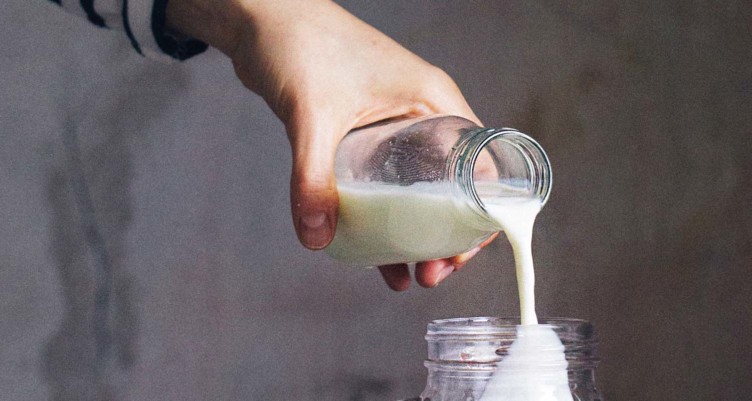
The proteins in dairy are some of the main offenders for allergies and inflammation. If your body decides that dairy is unwelcome, your immune system will attack each time you consume it. For many people, the reaction is subtle and chronic, but for others, it can trigger an autoimmune flare-up.
In either case, it can be hard to pinpoint the cause without isolating it. To do this, you can run a mini elimination diet to test your reaction to dairy. Try completely eliminating dairy from your diet for three weeks, and then reintroduce it to see how you feel. If bringing it back causes any sort of reaction, it’s best to say goodbye.
If you find that you are sensitive, there’s still hope: Many people who are lactose-sensitive can still eat butter with no problems because it has very little protein or lactose. Ghee (clarified butter) is pure butterfat and may also be an option. However, for those who know they are extra-sensitive to dairy, it’s best to avoid all dairy products.
What dairy you can eat (and why)
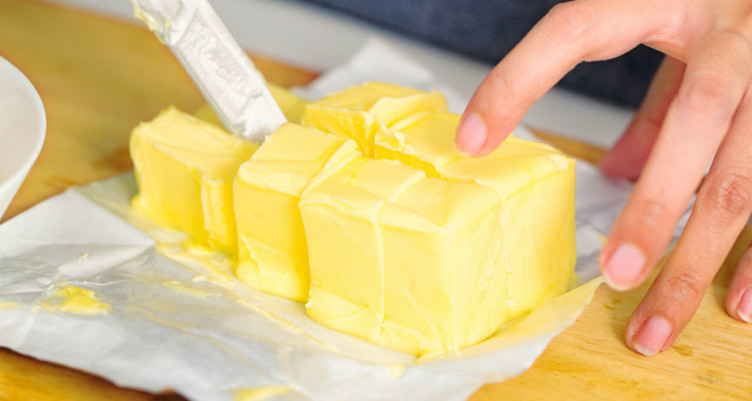 Other than butter and ghee (the only dairy products with little to no protein), the only dairy the Bulletproof Diet recommends is full-fat and organic raw milk, cream, kefir and yogurt from grass-fed cows. Dairy proteins impact some people more than others, and if you find you tolerate them, these can be a great addition to your diet.
Other than butter and ghee (the only dairy products with little to no protein), the only dairy the Bulletproof Diet recommends is full-fat and organic raw milk, cream, kefir and yogurt from grass-fed cows. Dairy proteins impact some people more than others, and if you find you tolerate them, these can be a great addition to your diet.
If you plan to include dairy in your Bulletproof Diet, here’s a quick list of criteria to follow:
Grass-fed, organic dairy
When dairy cows eat grains, they become sick, malnourished, and weak. They produce milk with less nutrients and traces of the hormones and antibiotics used to keep them alive. Mold toxins from their feed also accumulate within the protein in milk. Choosing organic avoids added hormones, antibiotics and pesticide-laden feed.
By comparison, dairy from cows fed grass diets has healthier fats, a better omega-3 to omega-6 ratio, and fewer toxins. Not only can you support a better farming system, but you get more conjugated linoleic acid (CLA) and vitamins A, E and beta-carotene.[1] Win-win.
Raw, unpasteurized dairy
Pasteurized milk is right up there with gluten as one of the most allergenic products in today’s diet, yet pasteurization is seen as a requirement for “safe” dairy. But consider this: In a thorough review of available research, functional health expert Chris Kresser found that your risk of hospitalization due to raw milk is just 1 in 6 million. (That’s way less, by the way, than ground beef).[2]
While pasteurization does reduce this small risk, it also creates inflammatory proteins, oxidizes fats, kills off beneficial bacteria and reduces the availability of calcium.[3] The process of pasteurization makes digestion more difficult by denaturing casein (milk’s primary protein) and lactase, the enzyme you need to digest milk sugars. Buying raw matters less for butter and ghee, since they have very few milk proteins. The bottom line: raw milk is nutritionally superior and easier to digest than pasteurized dairy.
Full-fat dairy
To reap the best nutritional benefits of dairy, be sure to go full-fat. Contrary to popular belief, dietary fat is a good part of a balanced diet. Consumption of full-fat dairy products is linked to a reduced likelihood of becoming overweight or obese.[4][5] The saturated fats in dairy prevent overeating by telling your body when you’re full, and also help slow the release of sugars from your meal.[6] Full-fat dairy also naturally contains fat-soluble nutrients such as vitamins A, D, E and K.
With these rules in hand, here’s a detailed roadmap to dairy products in the Bulletproof Diet, their effects on your biology, and how you can minimize inflammation by choosing the right dairy for you. Use this detailed guide to dairy products, listed from Bulletproof to Kryptonite, to keep yourself in a state of high performance and resilience.
The ultimate guide to dairy

Organic, grass-fed butter
 Anything’s better with butter. Grass-fed butter is high in fat-soluble vitamins, antioxidants, healthy fats and vitamins A, E, D and K — but its true superpower is a compound called butyrate. This short-chain saturated fatty acid reduces inflammation, and is associated with increased levels of healthy gut bacteria.[7]
Anything’s better with butter. Grass-fed butter is high in fat-soluble vitamins, antioxidants, healthy fats and vitamins A, E, D and K — but its true superpower is a compound called butyrate. This short-chain saturated fatty acid reduces inflammation, and is associated with increased levels of healthy gut bacteria.[7]
In mouse studies, butyrate lowered blood cholesterol, increased insulin sensitivity, and improved mitochondrial function.[8] Mitochondria are the power plants within your cells that produce energy that your body uses to fuel your day-to-day activities. Mitochondria dictate how you feel all the time.
Organic, grass-fed ghee
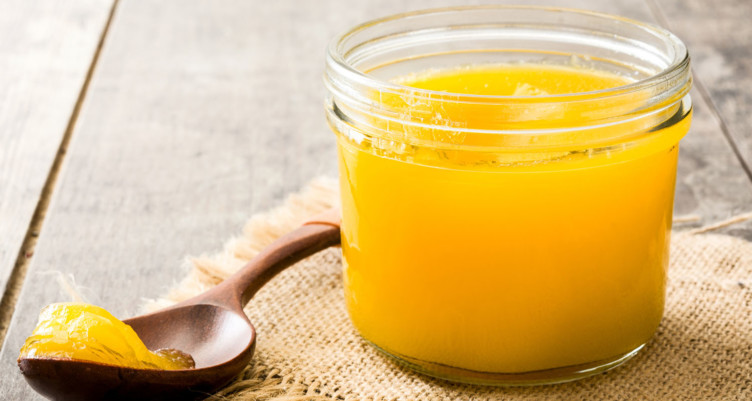 Ghee is pure butterfat, and has all the same benefits of butter, without the casein (milk protein) and lactose (milk sugar) that can be irritating to some people. The absence of protein and sugar also make ghee more stable for cooking at high temperatures and better for cooking. Plus, both butter and ghee taste amazing as a cream substitute in coffee. Get the recipe for Bulletproof (aka butter) coffee here.
Ghee is pure butterfat, and has all the same benefits of butter, without the casein (milk protein) and lactose (milk sugar) that can be irritating to some people. The absence of protein and sugar also make ghee more stable for cooking at high temperatures and better for cooking. Plus, both butter and ghee taste amazing as a cream substitute in coffee. Get the recipe for Bulletproof (aka butter) coffee here.
Colostrum
Colostrum is the first nutrient-dense pre-milk produced by a mama cow after giving birth (mama humans also produce colostrum). This highly-bioavailable “liquid gold” is rich in antibodies, probiotics and growth factors to boost your performance.[9]
Related: Ghee vs. Butter – Which Is Best?

Non-organic, grass-fed butter and ghee
If it’s difficult or cost-prohibitive to find dairy meeting all the Bulletproof criteria, it’s OK to prioritize finding grass-fed options over organic. Just keep in mind that non-organic grass-fed dairy may contain more pesticides, herbicides and other toxins.
Organic, grass-fed cream
Cream is an excellent source of dairy fats, and a delicious treat. Whip up cream to use as a dessert, but avoid using it in coffee, where the heat can cause inflammatory denatured proteins. If you practice Bulletproof intermittent fasting, adding cream or milk to your coffee will break your fast, due to the sugar content from lactose.

Organic, grass-fed, full-fat raw milk
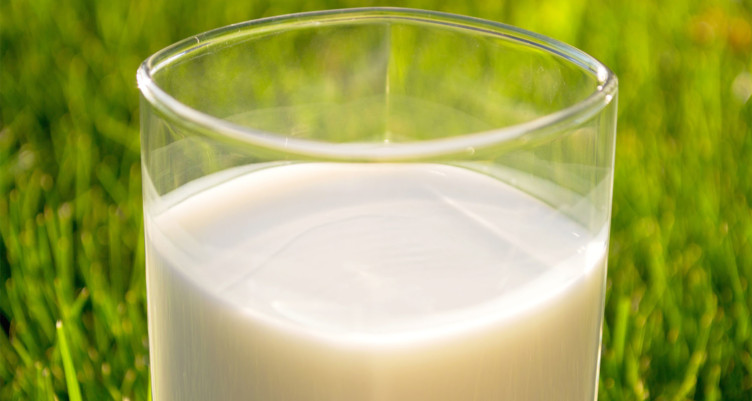 Some people have no trouble digesting raw milk and cream. If it works for you, enjoy it! As with other dairy, opt for full-fat, grass-fed, organic milk to reap the anti-inflammatory benefits of omega-3s and CLA.
Some people have no trouble digesting raw milk and cream. If it works for you, enjoy it! As with other dairy, opt for full-fat, grass-fed, organic milk to reap the anti-inflammatory benefits of omega-3s and CLA.
Organic, grass-fed, full-fat raw yogurt
Some organic, grass-fed, full-fat raw yogurts or kefir meet the Bulletproof criteria, but many do more harm than good. Common probiotics in store-bought yogurts, Lactobacillus casei, Lactobacillus reuteri and Lactobacillus bulgaricus, actually raise your histamine levels, leading to histamine intolerance and an imbalanced gut biome..
Related: Everything You Need to Know About Probiotics

Non-organic, grass-fed cream
If it’s difficult or cost-prohibitive to find dairy meeting all the Bulletproof criteria, it’s OK to prioritize finding grass-fed options over organic.

Grain-fed butter
Grain-fed dairy is higher in inflammatory omega-6s and toxins from grain feed, and generally lower in nutrients.

Skim and low-fat milk
Life’s just too short for low-fat dairy. Without its natural fats, milk is pretty much fortified sugar water.
Pasteurized, non-organic milk and yogurt
Limit your exposure to inflammatory denatured proteins and oxidized fats by avoiding milks or yogurt subjected to high pasteurization heats.

Cheese
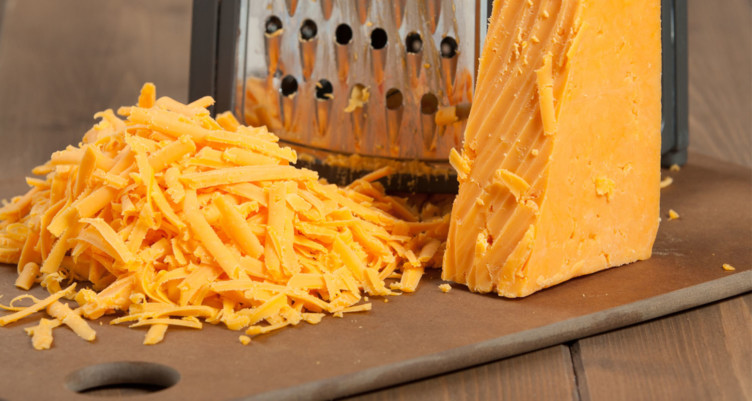 Normally, when bacteria, fungi or yeast try to outcompete each other by releasing toxins into their food source, it’s called gross. When it’s dairy, it’s called cheese. The Bulletproof Diet recommends avoiding cheeses entirely — here’s why:
Normally, when bacteria, fungi or yeast try to outcompete each other by releasing toxins into their food source, it’s called gross. When it’s dairy, it’s called cheese. The Bulletproof Diet recommends avoiding cheeses entirely — here’s why:
The process of turning milk into cheese involves unique combinations of bacteria and fungi used to digest the sugars. Many of the toxins these organisms release are harmful to your body, and it’s difficult to predict what concoction you’ll get. Cheese is also high in casein protein, which carries the mold toxins consumed in the animal’s diet — in fact more than 40% of conventional cheeses carry mold toxins.[10] The mold toxins and denatured proteins in cheese make it a highly inflammatory food, and inflammation leads to weight gain, brain fog and chronic disease.
Fake dairy products
Steer clear of flavored coffee creamer, cheese sauce, American cheese and dairy replacers. They’re not food. Go eat butter instead.
Powdered milk
Powdered milk is made by spraying conventional milk into a high heat chamber to evaporate out the water. It’s got all the risk of the factory-farmed, pasteurized milk it’s made from, plus inflammatory oxidized fats created in the process. It’s not food, avoid it.
Condensed milk
Condensed milk is thickened by evaporating out much of its water, then dumping in sugar. It’s often blended up with preservatives and colorings before being sealed up in a BPA-lined can. If you’ve ever tasted the stuff, you know it can’t be real food. Avoid it.
Ice cream
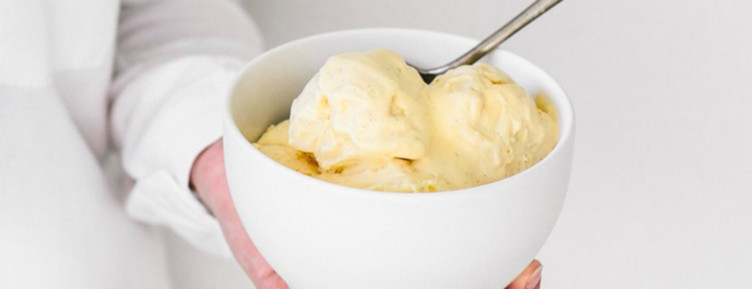 The conventional ice cream aisle is a minefield of artificial flavors, bad fats, high fructose corn syrup, and unpronounceable ingredients. Fortunately, you can still enjoy a frozen creamy treat with our totally Bulletproof “Get Some” Ice Cream, or this Creamy Vanilla Milkshake.
The conventional ice cream aisle is a minefield of artificial flavors, bad fats, high fructose corn syrup, and unpronounceable ingredients. Fortunately, you can still enjoy a frozen creamy treat with our totally Bulletproof “Get Some” Ice Cream, or this Creamy Vanilla Milkshake.
Enter your email below to download your roadmap now
Get the complete guide to foods that maximize your performance, plus a shopping list.



